Description of decorative moss and the secrets of its cultivation
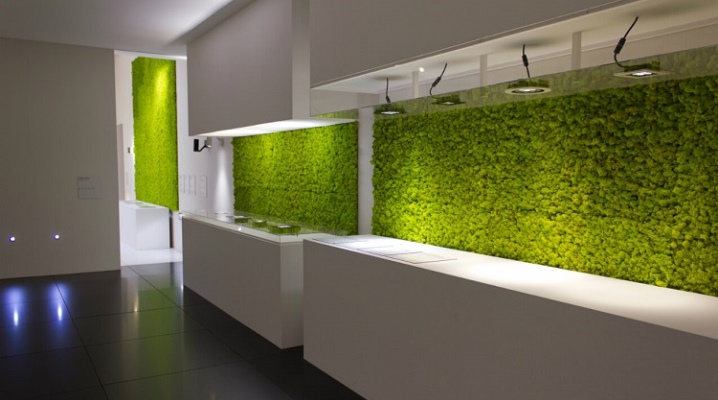
Decorative moss is an unusual and growing trend in interior design. It can be as small "islets" or florariums, and whole walls, decorated with decorative moss.
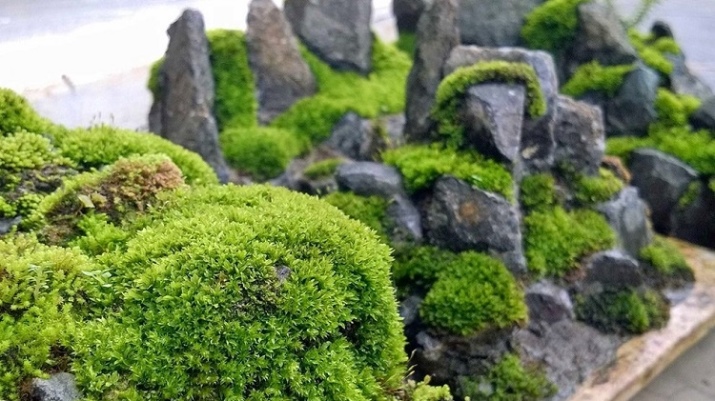

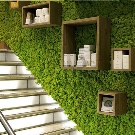
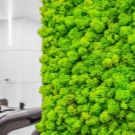

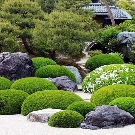
What it is?
Such decor will undoubtedly become a highlight of the interior. The green corner will relax, help you feel at one with nature. Using special liquids as a recharge, you can change the tone of the plant, thereby fitting it into the interior. The popularity of decorative moss is due to a number of advantages:
- safety and environmental friendliness of moss;
- unpretentious care, which boils down to cutting the plant 1-2 times a year;
- durability;
- no need for additional lighting;
- high growth rate and filling of large spaces;
- the absence of weeds, if we talk about landscape design (where moss is planted, weeds practically do not appear);
- the ability to prevent soil erosion;
- high levels of sound insulation of phytowalls;
- the ability of a plant to maintain an optimal microclimate for human health.
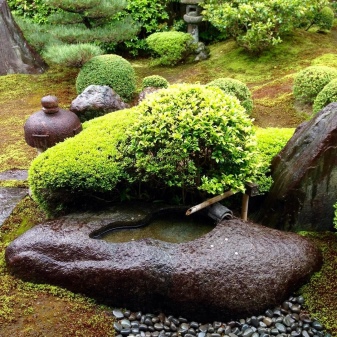
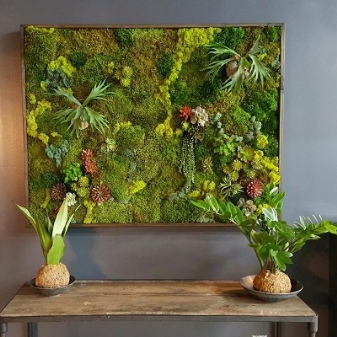
In landscape design, moss is also valued for its evergreen appearance. It remains so under the snow, and in spring, instead of gray-black dull areas, you can admire lush greenery. It looks especially good in combination with natural stone, ceramics, alpine slides.
While there are many benefits of the plant when growing it in the garden, it is important to remember that moss loves moist soil and encourages waterlogging.



Overview of varieties
From a biological point of view, moss and its flowering variety can be distinguished. In the second case, the plant pleases the eye with bright soft greenery and stems with pink flowers. This type of moss can be used both indoors and in landscape design. In the country or in a private house, moss can replace the lawn, decorate a wooden, stone or metal structure. It feels great in a pot, on the surface of garden sculptures, in flower beds.
Ornamental moss is used for the garden and exteriors, while for indoor use it is better to choose a stabilized variety. In such a plant, vegetative processes are specially suspended in such a way that it seems to be in a coma. This allows you to significantly slow down the growth of moss, as well as give it a bright color, make it softer. This moss does not turn yellow and does not crumble. With the help of special liquids, you can get a colored, as well as a dry, but not crumbling version. As a stabilized plant, reindeer lichen is often used, but from the point of view of botany it is a lichen.

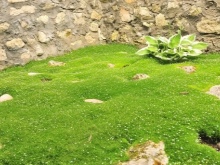
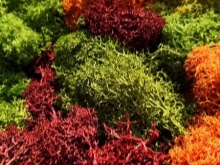
For walls
The walls decorated with decorative moss are called phytowalls. This is decorating a wall or part of it not with wallpaper and other familiar finishing materials, but with moss. Such room decor looks interesting in the office, in the living room, in the kitchen, in the bathroom. It not only makes the interior unique, but also serves to purify the air, and also helps to keep its humidity in balance. In addition, experts talk about the plant's ability to purify bioenergetic space.
In this case, flat, bumpy or spongy moss is used. The use of the first allows you to get the effect of a fluffy carpet on vertical surfaces. It goes well with stone and deciduous plants. Often the flat variety is used to create inscriptions or emblems.
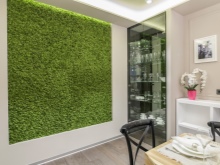

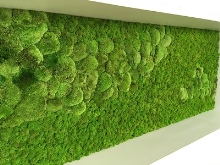
The spongy variety is similar to the flat one, but it is a softer, more delicate moss. Another difference is that spongy moss is more voluminous, and therefore it is used to create phytowalls, as well as decorate voids. It is often used to decorate not only walls, but also other surfaces.
Tumbled moss is suitable for creating three-dimensional paintings. From the name it is clear that it forms a kind of bumps. It is rarely used in residential premises, it is usually used to decorate offices, administrative facilities.
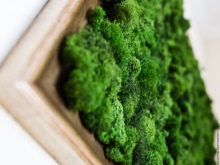
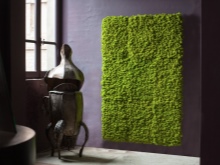
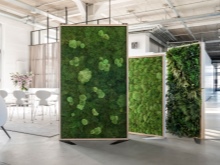
For garden
Several varieties of decorative moss can be used for the garden. Dicranum is popular. It looks like soft green "pillows", the height of which is several centimeters. Usually used to decorate vertical surfaces. If the garden has wet sandy soils, as well as areas that are not sufficiently illuminated by the sun, leucobry will do. A variety of flowering moss is sphagnum. This type of moss is also used when it is necessary to loosen the ground.
A variety of hypnum moss will help make natural stone or concrete alive and green. For Japanese-style gardens, cuckoo flax is optimal. The plant looks like vertical columns. And to create dense thickets, fern is used, which looks like velvety carved fern leaves.
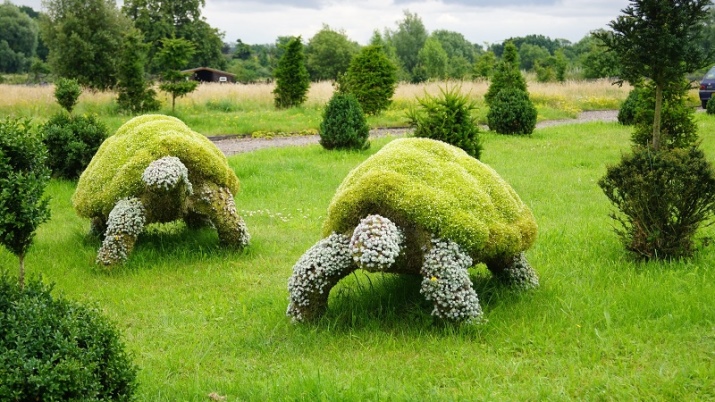
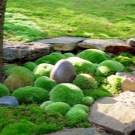

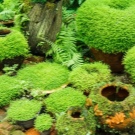


For interior
In the interior, moss can be used not only to create phytowalls and inscriptions, but also as a decor. It can decorate various figurines, compositions, be placed in dishes, on lamps. Moss looks harmonious in combination with water, for example, in decorative table fountains, mills.
One of the trends is florariums (aquariums with plants). Compositions can consist only of moss or include deciduous plants, succulents.

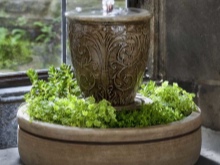
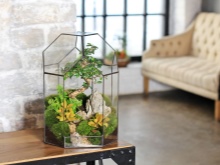
How to grow?
To grow moss, you need to find a shady, moist place. It should be cleared of weeds and, if necessary, leveled. Moss propagates by spores. They can be purchased in a specialized store or wait for the appearance of moss, creating special conditions for this. The first method (purchase), in the opinion of gardeners, is less labor-intensive, allows you to quickly "build up" moss in large areas.
If you like experimentation, and you are not in a hurry to decorate the garden, you can create conditions for the independent appearance of moss on the site. To do this, the site for the plant is dug up, after which peat and herbicides must be added to the upper layers of the soil. Then you should only regularly and abundantly moisten the soil. After 2 years, the first "islands" will begin to appear. A thick carpet is formed in 3-4 years. It is important to moisturize the plantings abundantly throughout the growth period.


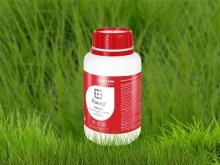
Finally, you can try to plant moss brought from the forest or other areas where it grows in nature. To do this, small pads of moss are dug in together with the soil, brought to the site, moistened with water and pressed to the ground. Moss "scraps" are placed at a distance of 20-25 cm from each other. The plant must be brought along with part of the soil so that it quickly takes root in a new place. It is necessary to “rip off” it in small layers, so as not to damage the ecosystem. You can find a natural carpet in coniferous forests, in swampy areas.
For transplantation, moss growing on stumps, trees, stones is used. After the plant has been dug, it is better to put it in a box so as not to damage the layers during transportation. Then the "pieces" of the plant should be cleaned of leaves, blades of grass and litter, moistened - and can be planted on the site. Despite the unpretentiousness of the plant, it is still important to know how to properly care for it. Otherwise, you can not hope to get a rich green fluffy "carpet", especially when it comes to growing seedlings.
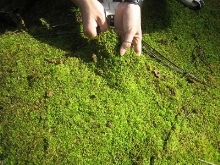
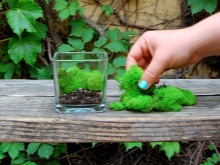
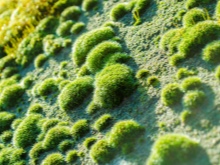
The first rule is to regularly moisten the soil, especially in the first days after planting. Moss is carefully watered or sprayed, making sure that moisture does not get on the plant itself. It is good to grow a "carpet" in the shade of conifers and deciduous plants, as well as near water bodies - here it acquires a beautiful pinkish and silvery tint.
To decorate stones or stone compositions, hypnum is used, grown from seeds (spores). On the surface of stones, as well as when planting a plant on the slopes, it is fixed with chips or pieces of bark. This is a protection against slipping of landings from an inclined surface.
Such fixation is needed only at the stage of engraftment of the moss - later it will be able to "hold on" on its own.
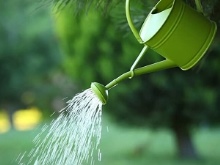

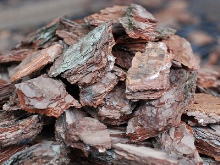
To decorate the walls, first of all, you need to prepare the soil - grind it with a blender and dilute it with water, you get a clay-like mass. It is applied in a thin layer, and fragments of moss are fixed (pressed) onto it. For better "grip", you can add kefir or beer to the soil. The "carpet" laid in this way is covered with a film - this will create the necessary microclimate, and also additionally fix the green cover. The film is removed after the moss has taken root, until this moment you should regularly open the film - ventilate and moisturize the plant.
The plant will feel good at a temperature of 5-35 degrees Celsius, but it should be closed from direct sunlight. When it comes to growing a plant in the interior, it is important to take care of high-quality ventilation in the room.
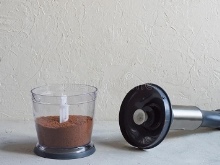


When growing moss at home or in the office, special attention should be paid to humidifying the air. Otherwise, it will be faded and harsh. The easiest way to keep the humidity level at proper levels is to use a humidifier. If it is absent, you can place dishes with water next to the herbs. Of course, you shouldn't place green decor near radiators and other heat sources, or near air conditioners.
Once a month, dust should be removed from the moss surface (as a rule, this applies to phytowalls or bulk compositions). The best way to do this is by blowing cold air.
Finally, there is no need to touch or disturb the plant in one way or another. It does not tolerate tactile contact, in addition, you can damage the moss, causing a deterioration in its appearance and even death.
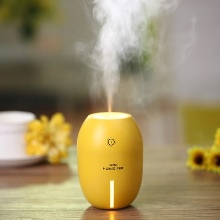


Beautiful examples
If, due to high humidity and lack of sunlight, lawn grass does not grow well, this is an excellent reason to replace it with moss. In this case, you will get a thick fluffy carpet that retains its attractiveness even in winter.
- Moss can be planted with a solid carpet or staggered; randomly scatter fluffy islands around the site or fold a certain pattern or pattern from them.
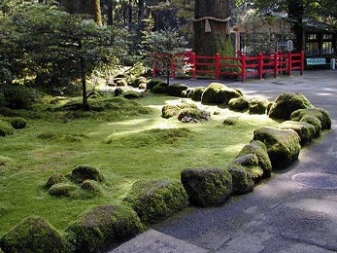
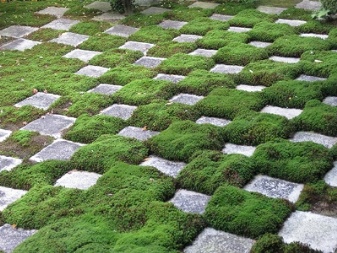
- You can use the plant for garden decoration - stone surfaces, trees, stumps, walls and roofs of buildings, garden sculptures.
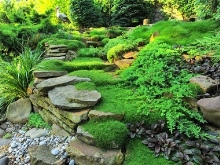
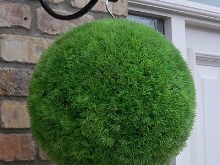

- Moss also looks harmonious on flower beds, as well as on alpine slides. The most popular variety for decorating these areas is subulate phlox. In lush flower beds, cuckoo flax looks good.
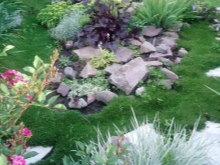
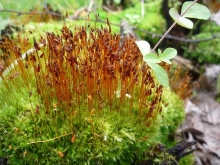
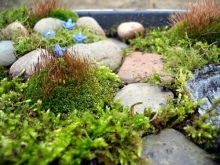
- It is recommended to include sphagnum in flower beds. It promotes the formation of peat in soils, which has a beneficial effect on the growth and flowering of neighboring plants. And also sphagnum has a bright color, and not only green, but also pink, which makes the flower beds very elegant.
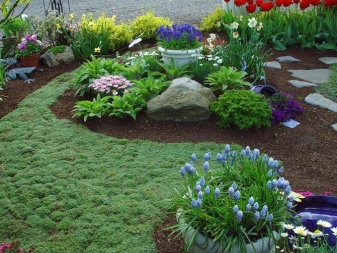
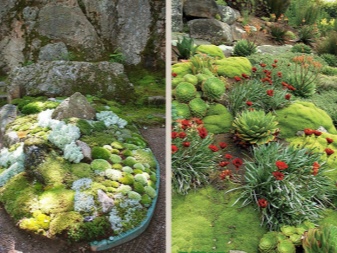
- The phytowall made of stabilized moss has become a highlight of the interior, a kind of "window" from the modern urban rhythm of life to nature.
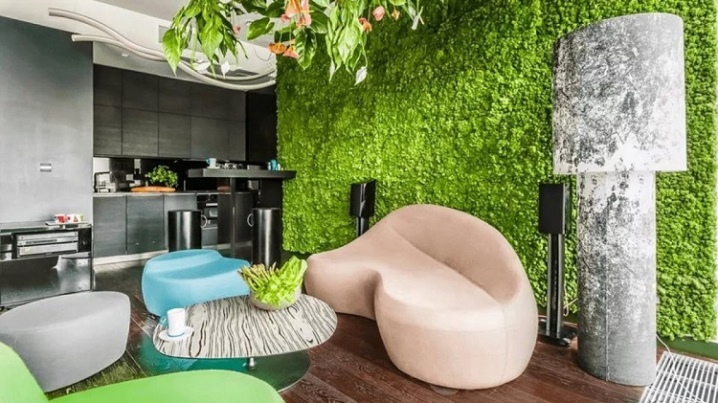
- If the area does not allow "to give" the entire wall to the plant, you can use it for edging the picture on the wall. Undoubtedly, such advertising will attract attention.

- Moss-covered coffee set - there is something romantic and cute in this. Bright green emphasizes the delicacy of porcelain and sets off its whiteness. And the moss itself is harmoniously combined with succulents.












The comment was sent successfully.